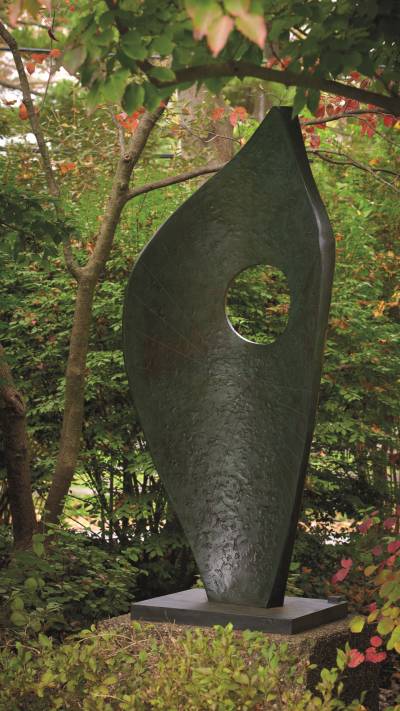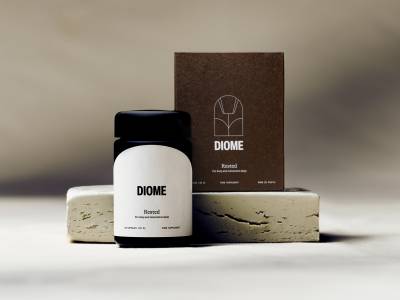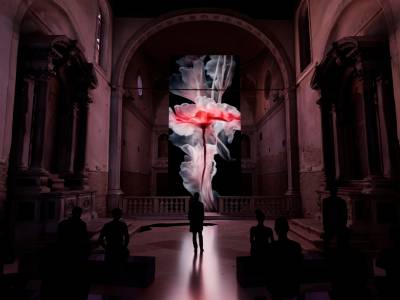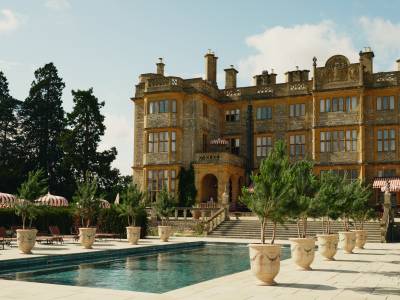Arts scholar Nikolaus Pevsner once declared that the English “are not a sculptural nation”. While renowned for our painters and designers — with a sterling history full of esteemed names such as Blake, Turner and Chippendale — when it comes to sculpture, one of art’s oldest and most classical forms, Britain’s pedigree is decidedly younger.
Passion collecting: Investing in 20th century sculpture
3rd August 2017
Although the British are relative newcomers to the sculpture stage, recently the merits of this art form have piqued the attention of art afficionados in the know
As any arts aficionado worth their salt will know, it wasn’t till the 20th century that British sculpture was really put on the map, heralded by the arrival of such influential artists as Henry Moore. Alongside work by contemporaries such as Barbara Hepworth, Jacob Epstein, Lynn Chadwick and Elisabeth Frink, Moore’s abstract, large-scale figures came to embody a new chapter in English art, eventually leading the way for a new generation of British sculptors — such as Anish Kapoor and Richard Deacon — to rise to the top in the 1980s.
There has been a distinct surge of commercial interest in the art form over the past two decades, as reflected in increased media coverage, key cultural markers like the Royal Academy’s major 2011 exhibition “Modern British Sculpture”, as well as the spiralling prices for pieces among auctioneers and dealers.
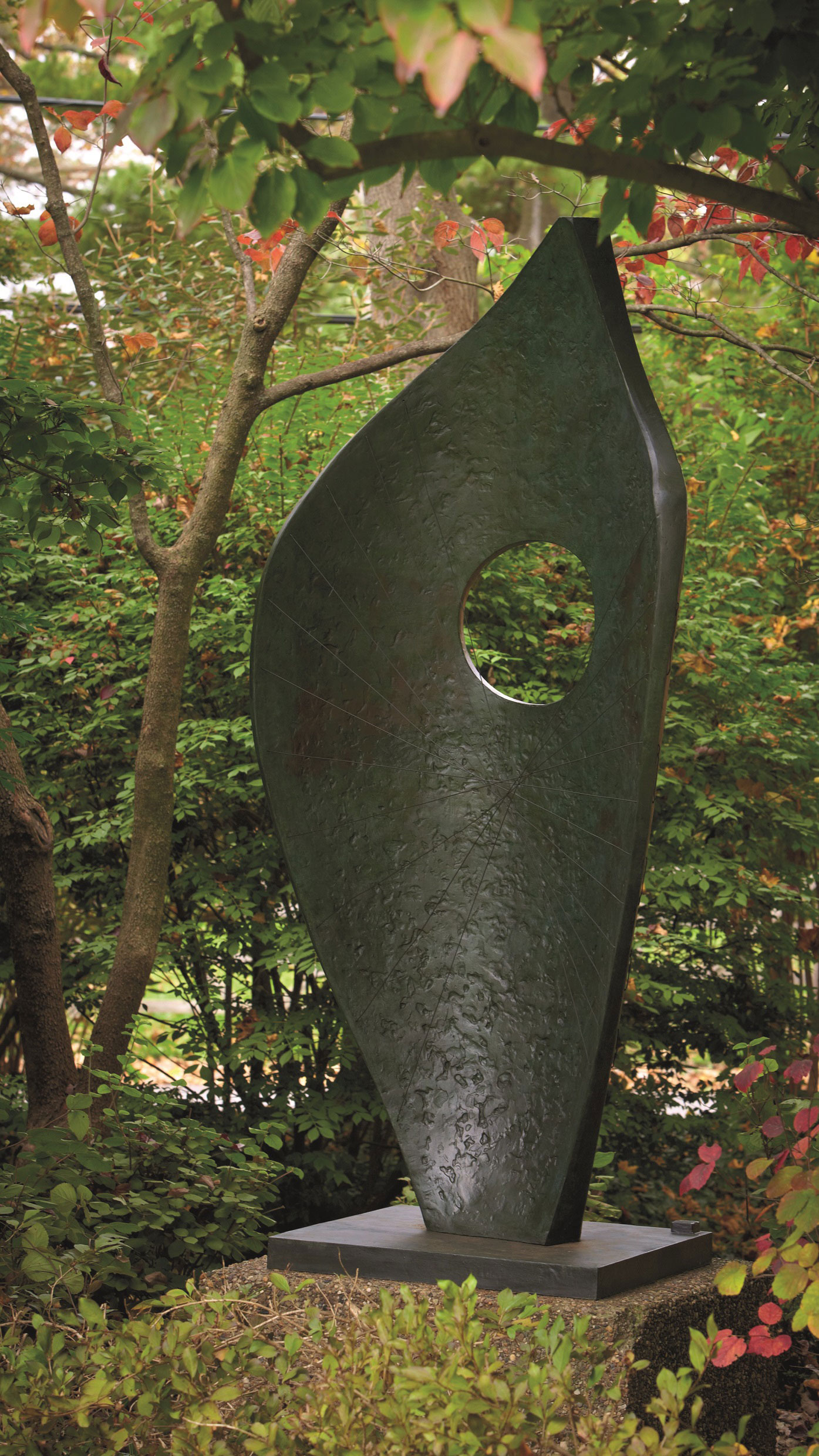
Rebecca Beach, Director of Modern British art dealer Offer Waterman, comments: “The Modern British sculpture market has been rising steadily over 20 years, with major museum retrospectives — like Paolozzi’s recent show at the Whitechapel Art Gallery — introducing artists to new and younger audiences. Collectors often place a premium on unique works — for example, a stone carving over an edition, although sometimes these rules are reversed; for example, a Henry Moore terracotta might cost less than an editioned bronze from the same period.”
Creating excitement and intrigue within today’s art market, there are decided advantages to investing in Modern British sculpture over pieces from different periods or by international artists. For instance, given that they were crafted in the 20th century, many are still in excellent condition, meaning it is less likely there will be issues concerning condition or restoration than might be the case with older works. Additionally, a sculpture introduces an immediate focal point to a space, adding aesthetic value as well as a stabilising asset to one’s portfolio.
A firm collector’s favourite, Moore’s pieces continue to fetch ever-higher prices at auction. At Christie’s 2016 “Defining British Art” sale, Moore’s iconic 1951 piece, Reclining Figure: Festival sparked a fierce bidding war, eventually selling for £24,722,500 — the highest price ever achieved for one of the artist’s creations. Lynn Chadwick also caused a stir at the same event, as his Back to Venice sculpture sold for a new world record auction price for his work of £1,650,500.
One thing is clear — in this strong market, quality sculpture supported by good provenance is selling incredibly well. For example, Bonham’s recorded exceptional prices for Modern British sculpture in 2016, ranging from the traditional (such as Lawrence Holofcener’s The Allies, which sold for £185,000) to more modern pieces (Dame Elisabeth Frink’s Tribute III hammered down at £284,500, or Lynn Chadwick’s Walking Couple II, which attained £106,250). Again, Henry Moore proved to be an auction heavyweight, with an eight-inch bronze titled Seated Woman on a Bench going for £422,500.
As Matthew Bradbury, UK Board Director and Head of Modern British and Irish Art at Bonham’s, comments: “In particular, there has been a recent uplift in prices for sculptors associated with The Geometry of Fear — an informal school of young British sculptors — such as Robert Adams, Kenneth Armitage, Reg Butler, Lynn Chadwick, Bernard Meadows, Sir Eduardo Paolozzi and William Turnbull, who began their work in the immediate aftermath of the Second World War.”
Hunting for pieces can be a particularly inspiring affair in the summer months, with many auction houses holding dedicated sculpture-selling exhibitions in picturesque outdoor locations — after all, as Henry Moore himself said, “sculpture is an art of the open air”. At St James’s Square, Christie’s will host “Sculpture in the Square” from 23 May- 30 June (along with a “Modern British & Irish Art Evening Sale” on 26 June), while Sotheby’s “Beyond Limits” will be staged at Chatsworth House from 9 September-29 October.
So, whether your tastes lie in the figurative or the abstract, it’s worth remembering that, unlike other investments, purchasing art is often only as worthwhile as the aesthetic pleasure you will ultimately derive from it.
